Today’s dose of inspiration is from the acclaimed American illustrator, Charles Dana Gibson, whom is best known for his emblematic creation The Gibson Girl.
1867, baby Gibson is born to a creative and wealthy family. A head-start that an ambitious young Gibson would use as a springboard. At the age of eight, after watching his father, he started cutting silhouettes and by twelve he was selling them. By his mid-teens, after dabbling with sculpture under the guise of Augustus Saint-Gaudens, he picked up a penchant for pen and ink.
Soon after he enrolled in an Art Students League, but had to leave at the age of eighteen due to family financial troubles. Out of school and looking for work, Mr Gibson ventured unsuccessfully to get a job. However, in 1886 he managed to sell one of his illustrations to LIFE magazine. A then newly established magazine, attempting to compete with the likes of Puck and Judge.
The public took a strong liking to Mr Gibson’s satirical portrayal of high society. So as his popularity rose, so to did his importance to the magazine. Going from a salary of $33 to $185 in just three months. Obviously with such popularity Mr Gibson was soon approached by other magazines including Scribner’s, Century, Harper’s, and Time (then named Tid-Bits).
In 1890, he started drawing The Gibson Girl. With only a slim argument to the contrary, it is widely accepted his wife, Irene Langhorne Gibson was the basis and model for her. The Gibson Girl’s importance as a public figure cannot be slighted. The youthful Gibson Girl was the visual embodiment of a new feminine ideal, described at the time as the “New Woman”. She was confident and glamorous, from her creation up until World War I, she set the standard for fashion and decorum.
The success of Mr Gibson’s girl was phenomenal, his demand and fees were so great that at the height of his career his annual salary had reached $75,000. In 1904 he had even signed a four-year contract with Condé Nast to produce 100 illustrations for the sum of $100,000.
On top of his own personal illustrative successes Mr Gibson founded the Society of Illustrators. He helped the war effort by assembling a group of illustrators (including James Montgomery Flagg, J.C. Leyendecker, and Howard Chandler Christy) to set up The Division of Pictorial Publicity whom produced all those famous wonderful and patriotic posters. He, along with some other illustrators, writers, and staff members bought LIFE magazine.
In his retirement he finally put down the pen and ink and picked up oil painting. In 1944, at the age of 77, suffered a heart attack and died a few weeks later.
Charles Dana Gibson’s importance and impact, though praised at the time, nowadays does not get the attention it duly deserves. His skills along with his tenacity were, and probably still are, unrivaled. You would be hard pressed to think of an another illustrator whom has had equal cultural and financial success. To see more of Mr Gibson’s work I strongly suggest picking up a copy of The Gibson Girl and Her America.


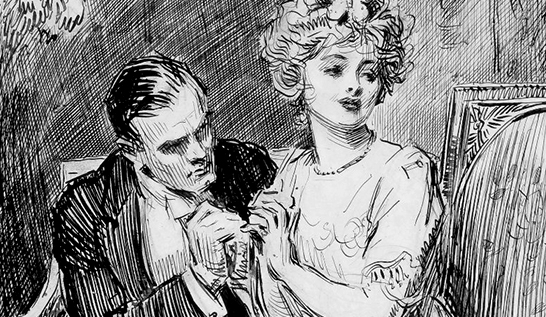




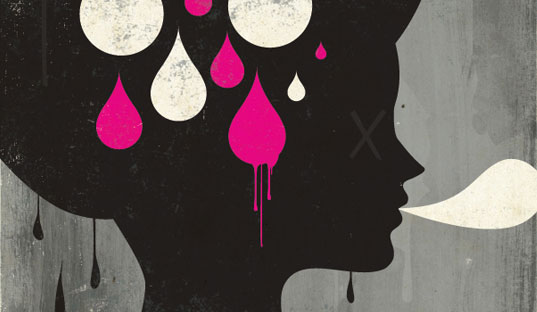

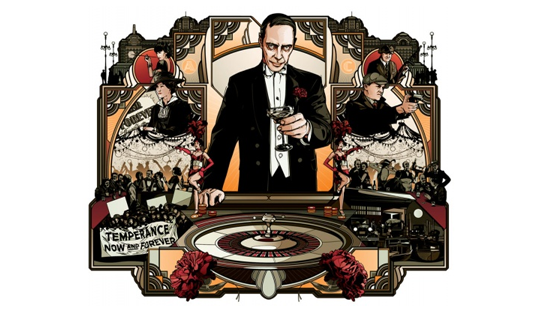
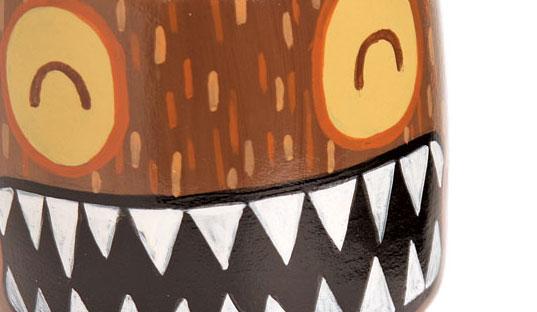
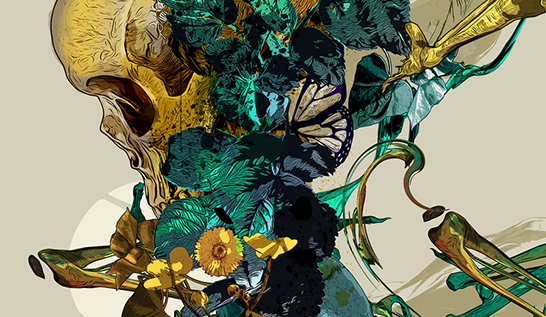

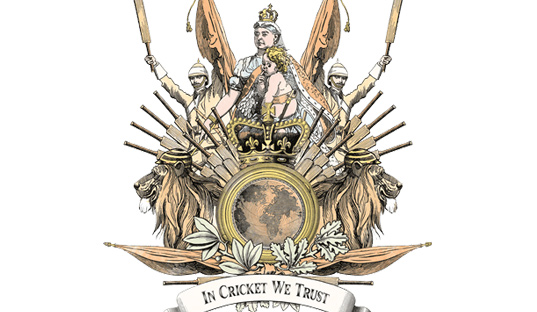
Warning: Undefined variable $required_text in /home/lounge/public_html/wp-content/themes/plume/comments.php on line 124